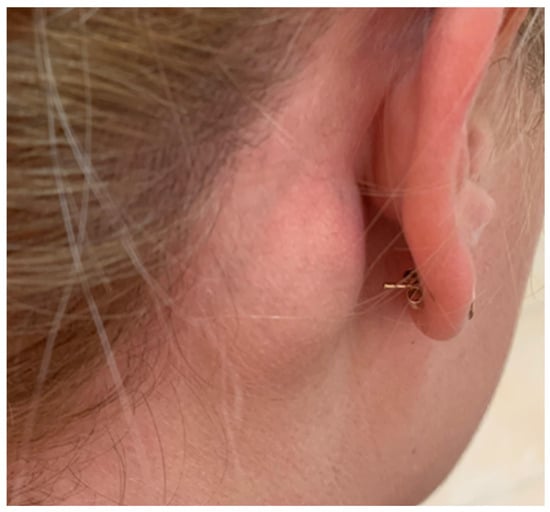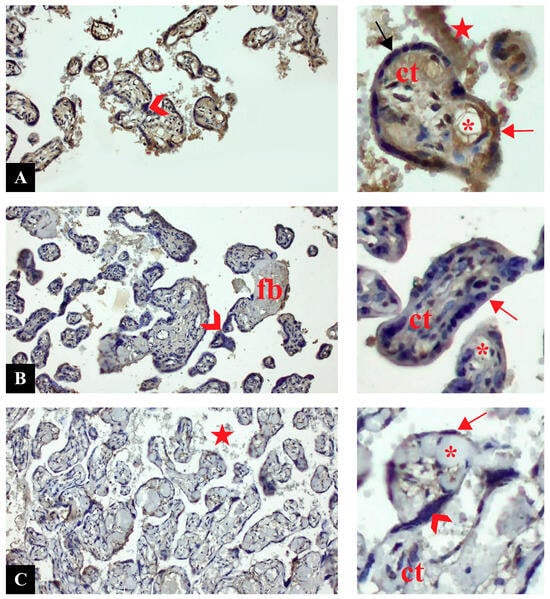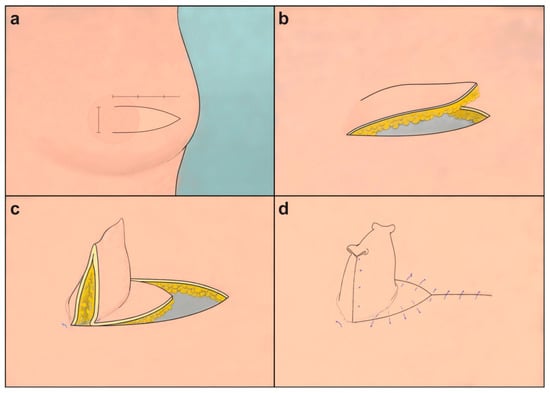- Article
Scalp Microbiome Composition in Young Women: Associations with Scalp Type, Sensitivity, and Lifestyle Factors
- Ying Guo,
- Yao Zhang and
- Qiaoni Hui
- + 3 authors
Background: The scalp represents a distinct ecological niche within the skin, and the structure of its microbiota, together with the factors shaping it, is considered important for the maintenance of scalp health. Methods: This study systematically analyzed the bacterial and fungal community structures on the scalps of 63 healthy Chinese women aged 18–25, and examined their associations with scalp type, sensitivity, and lifestyle factors. Scalp samples were collected, questionnaire surveys were administered, scalp physiological parameters were measured, and high-throughput sequencing of 16S rRNA and ITS genes was performed. Results: The results showed that, in this unique scalp skin niche, the dominant bacterial phylum was Actinobacteria, while the dominant fungal phylum was Ascomycota. The predominant bacterial genera were Cutibacterium and Staphylococcus, and the fungal community was dominated by Malassezia. When scalp types were categorized according to sebum content, dry scalps showed enrichment of Micrococcus, Streptococcus, Delftia, Staphylococcus aureus, and Staphylococcus hominis, whereas oily scalps, on the other hand, are primarily colonized by Cutibacterium and Staphylococcus species. In addition, we observed microbial interactions under different physiological conditions. The relative abundance of Cutibacterium decreased with increasing scalp sensitivity. Higher psychological stress, insufficient sleep, and high-sugar/high-fat dietary patterns tended to coincide with shifts in the relative abundance of Malassezia, implying that these influences may act through fungal rather than bacterial components of the scalp microbiota. Scalp sensitivity showed the strongest association with β-diversity among the variables examined, although the effect size was modest and did not reach conventional significance in the multivariable PERMANOVA. Conclusions: In young women, the scalp constitutes a distinct cutaneous niche whose microbiota is jointly shaped by sebum level, barrier sensitivity, and lifestyle factors, with sensitivity emerging as one of the more influential dimensions of community variation. These findings provide guidance for future in-depth research on the scalp microbiome network and offer a foundational reference for preventing suboptimal and pathological scalp conditions.
7 January 2026








